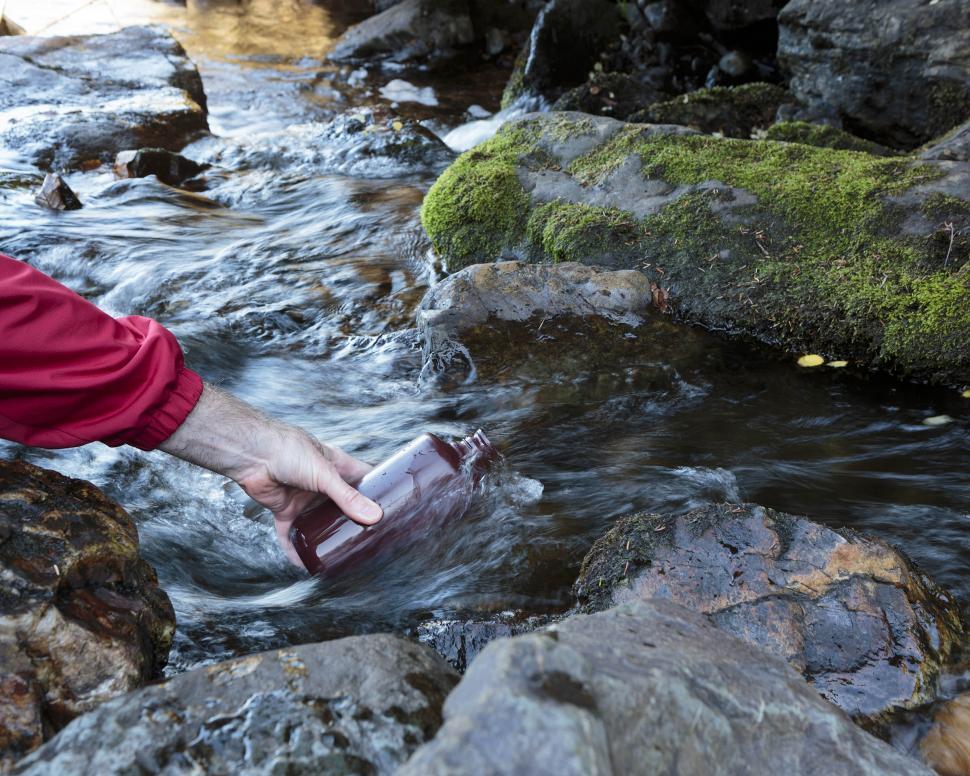Problems that need to be paid attention to when detecting sulfide in water
In daily water quality testing, we can indirectly determine the content of sulfide in water by interacting with iodine under acidic conditions, and we can also determine the sulfide in water by gas phase molecular absorption spectroscopy. However, no matter which method is used, it is necessary to pay attention to the corresponding problems in the detection, so as to ensure the accuracy of the final detection result of the water sample.

1. Interference and elimination of coexistence
The sample contains thiosulfate, sulfite and other reducing substances that can react with iodine to cause positive interference. Suspended solids, color, turbidity and some heavy metal ions also interfere with the determination.
When the substance content is 2.00mg/L, the maximum allowable content of interference substances in the sample is S2O3 30mg/L, NO2 2mg/L, SCN 80mg/L, Cu2 2mg/L, Pb2 1mg/L and Hg2 1mg/L; After acidification air blowing absorption pretreatment, suspended solids, chromaticity, and turbidity do not interfere with the measurement, but the separation of SO3 is not complete, which will cause interference. You can use zinc sulfide precipitation and filtration to separate SO3, which can effectively eliminate the interference of 30mg/L SO3.
2. Blow pretreatment
When the collected water samples are blown for pretreatment, the blowing rate listed is for reference only. If necessary, the recovery rate of the sulfide standard solution can be determined to determine the appropriate carrier gas rate.
3. Treatment method when sulfide is high
If the SO3 concentration of the water sample is high, filter the fixed water sample collected on site with medium-speed quantitative filter paper, and transfer the sulfide precipitate together with the filter paper into the reaction flask, mash it with a glass rod, and add 200 mL of tertiary reagent water , The rest of the operation is the same as the pretreatment of the sample.
4. Preservation method of sulfide water samples
Add 2mL zinc acetate (2mol/L) to 100mL water sample and add 2mL NaOH (2mol/L), refrigerate. Must be fixed on site. If it is not stored with zinc acetate, analyze it immediately. Soluble sulfide must also be determined immediately. In addition, H2S easily escapes from the water sample, so prevent aeration during sampling.
5. Issues that need to be paid attention to when testing
After adding iodine solution and sulfuric acid, if the water sample is colorless, it means that the content of sulfide is high, and iodine standard solution should be added appropriately to make it brown. The blank should also be supplemented with the same amount of iodine standard solution. Add 0.1g salicylic acid or 0.4g zinc chloride per 100mL to the starch indicator for preservative.




